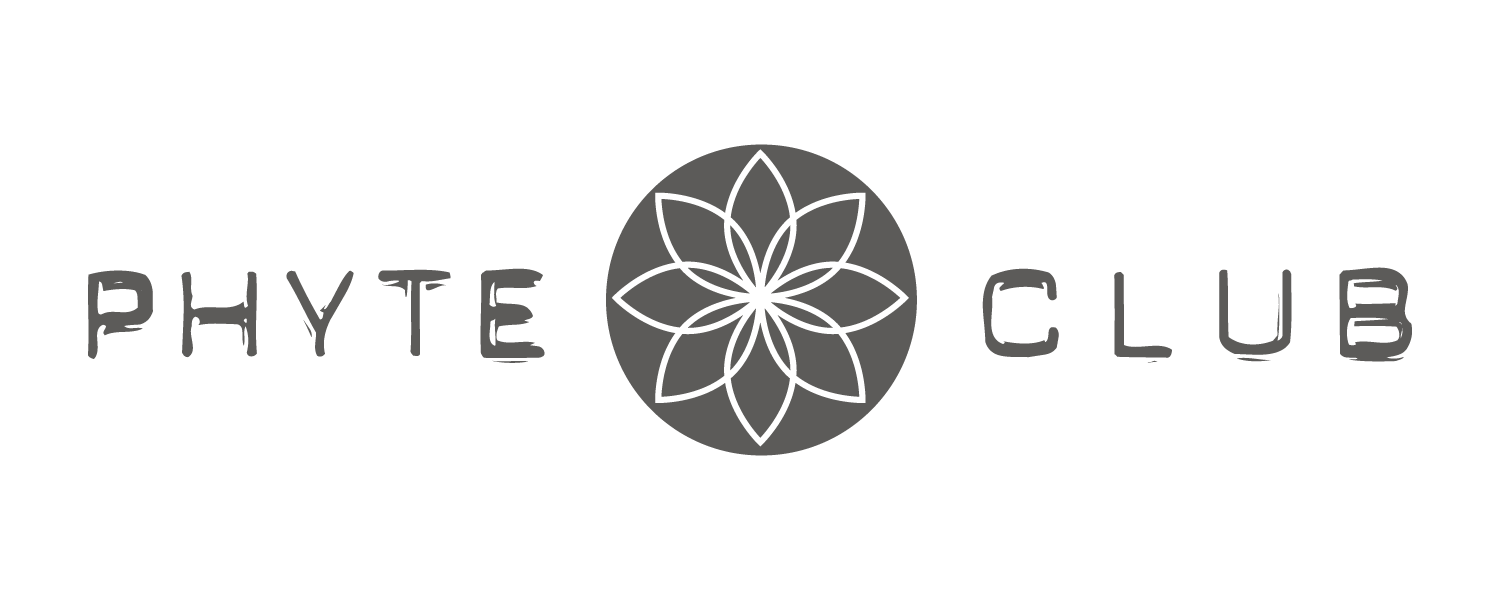How Clean is your Beauty
/Do you know what goes into your cosmetics? Your skin is your largest organ and while its most crucial function is to act as a barrier between your organs and the environment, cosmetics seep into your skin’s layers with impunity. Clean Beauty is a concept to answer this very question and has stepped into the popular consciousness with the same verve as “Organic” and “Natural” entered the food a few decades ago. While the move to Clean Beauty is analogous to the move toward fresh, unprocessed food there are important differences that an empowered consumer needs to be aware of when confronted by a flurry of greenwashing.
The average consumer is not a cosmetic chemist, yet the ingredient lists of even the most popular beauty products are chockfull of mysterious chemical acronyms of dubious relevance and safety. The drive toward transparency is not merely knowing ingredients in cosmetics but being satisfied that they are non-toxic and sourced responsibly apart from being efficacious. Empowered customers want to know what they are putting into their skin and why.
The cosmetics industry has begun to respond to the clean beauty trend by embracing minimalist formulation espoused by experts like Dr. Perry Romanowski. Minimalist formulation involves using the least number of ingredients at the lowest levels that produce noticeable differences. The short ingredient lists are not merely more accessible to lay customers but lower chemical exposure for the same or often improved performance. This best practice has important implications for sustainability - lower inventories of ingredients, lower production of environmental waste and lower complication of scaling up manufacturing. This also allows the industry to hold ingredient suppliers to a higher standard of labour practices and sustainable sourcing.
Customers in the US enter the names of the ingredients into databases like the Environmental Working Group EWG’s Skin Deep to see if there are any adverse reactions reported to the ingredients. While this database veers to alarmism it’s a necessary and important step toward responsible cosmetic products.
The simplicity of formulation also can send people to their kitchens to mix up DIY batches of cosmetics with familiar ingredients. Still simply being natural or edible is not an adequate standard to wear products on skin as the digestive system has enzymes to break down food and the skin’s primary function of protection can be compromised by harsh natural substances in high concentrations. Additionally, products that are professionally formulated are tested for stability and formulated to prevent microbes from spreading that is not instantly obvious in homemade concoctions.
Enlightened customers interested in clean and sustainable beauty can do a few things to improve their experience and hold the cosmetics industry to a higher standard of transparency and sustainability
1) Read ingredient lists - look for products with complete ingredient lists- the shorter the better. Enter unfamiliar ingredients into a database like EWG's Skin Deep to understand its safety.
2) Look up company websites for evidence of best practices - companies that own their own farms and labs are able to improve traceability of their ingredients and local sourcing often means a lower carbon footprint.
3) Look for certifications like PETA’s Cruelty Free and Vegan Pink Bunny symbol internationally or Leaping Bunny in the US
4) Look for eco-friendly packaging - usually with the board made from FSC sources and embrace upcycling containers over merely recycling them.
